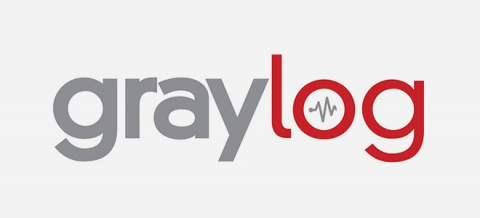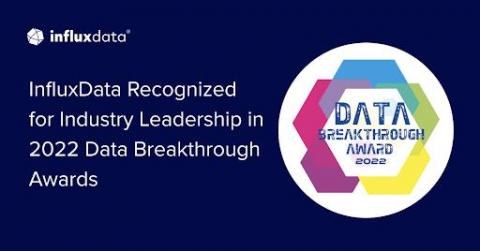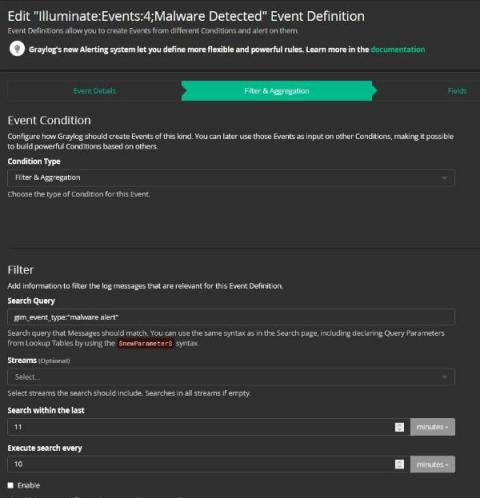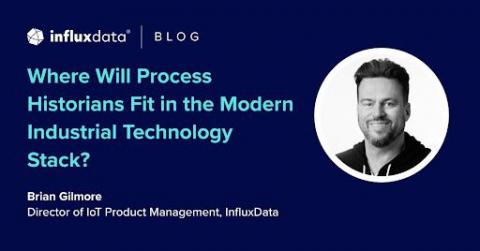Reporting Up: Recommendations for Log Analysis
What kind of log information should be reported up the chain? At a certain point during log examination analysts start to ask, “What information is important enough to share with my supervisor?” This post covers useful categories of information to monitor and report that indicate potential security issues. And remember: reporting up doesn’t mean going directly to senior management. Most issues can be reported directly to an immediate supervisor.











